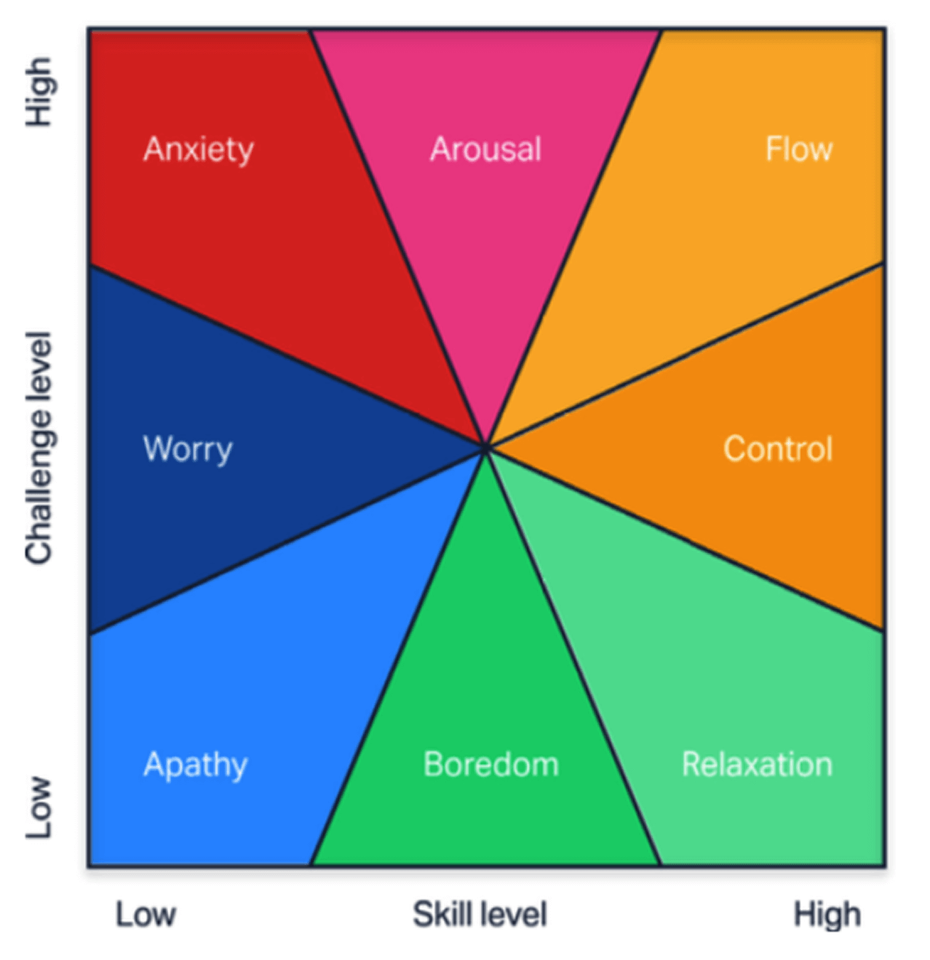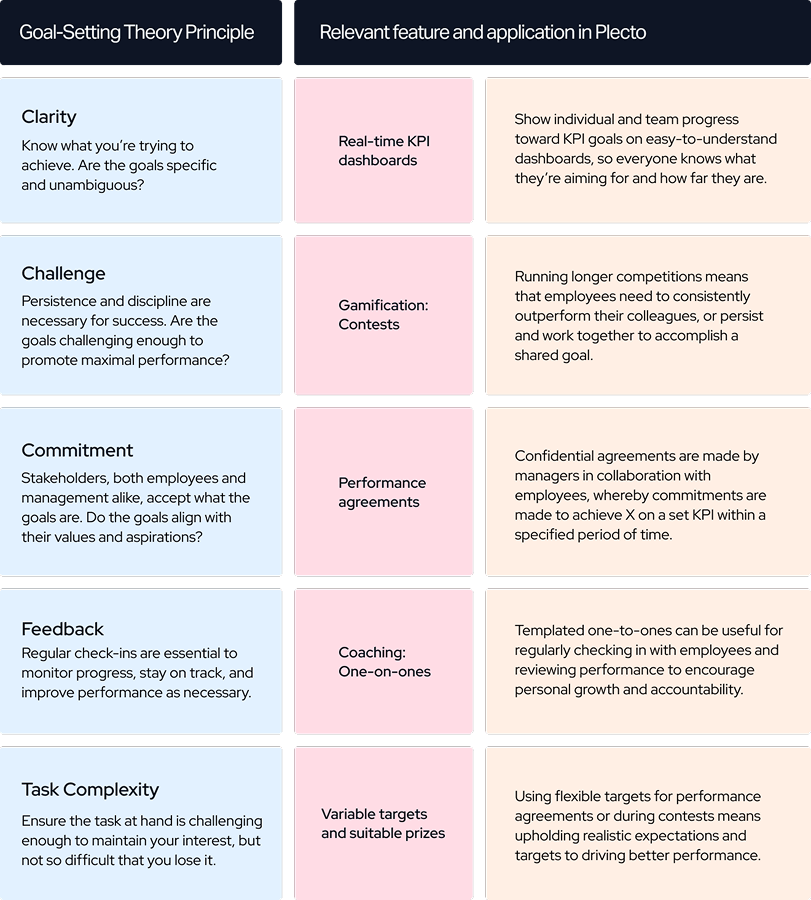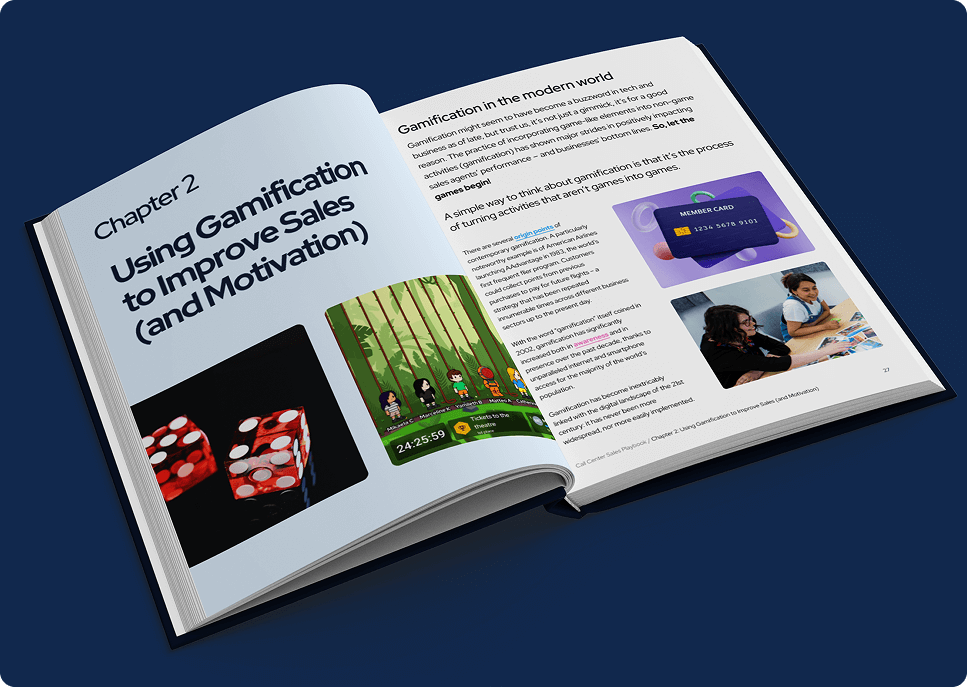Introduction
If you’re a manager of a sales center or customer service team, you’ve doubtlessly been called upon to coach employees—those new to your team, those younger or more inexperienced, or those who have struggled to reach goals and improve performance on the job.
Because of this, coaching is absolutely essential to any well-managed workplace and should be a top skillset for responsible managers to have. Dismissing employees for underperformance is expensive, and coaching instead of firing retains personnel—and revenue—while cultivating and boosting talent.
Overall, coaching serves to improve employees’ skills, knowledge, and resources so they’re best equipped to meet your team’s KPIs and other goals. For a coaching session to be considered successful, an employee should be able to pull their own weight in progressing toward these KPI goals and, ultimately, do their part to generate revenue for your business.
But just how should a manager coach? What are some key strategies a responsible manager should use to coach more effectively? Rather than being guided solely by intuition, it’s a good idea to go into a coaching session or one-on-one with a game plan tailored to the specific employee you’re mentoring.
Flow theory and goal-setting theory are two frameworks that can guide effective coaching. These theories tackle the central problem of coaching: how to increase motivation to increase performance.
Because of its extensive data-tracking capabilities, Plecto is the ideal tool for observing employee progress—especially as its data dashboards empower employees to take control of their work through self-accountability.
With all of this in mind, we’ll look at flow and goal-setting theories, exploring how to best coach with them to get your employees performing at the highest level.
Flow theory
The ideal coach should encourage employees’ flow. A psychological state described by Hungarian psychologist Mihaly Csikszentmihalyi, flow occurs when a person’s task at hand matches their skill level, creating a feeling of excitement and engagement without distraction. Being in a flow state is commonly referred to as being "in the zone."
Coaches should be aware that there will be some tradeoff between their expectations and an employee’s capabilities. However, coaches can work with their employees to increase their skill set over time so they can handle more complex tasks, all while maintaining, if not increasing, their interest and engagement—their flow.
The below image shows how flow theory is envisioned. Flow lies between arousal and control, at a point where one’s skill level and the challenge level are both high. In other words, flow is the opposite of apathy. Apathy itself lies between worry and boredom, two states where both challenge and skill levels are low.
The central idea of flow theory is that challenging scenarios yield optimal outcomes. And it is this idea that ties in directly with goal-setting theory.

Goal-setting theory
Formulated by psychology professor Edwin Locke in the 1960s, the central premise of goal-setting theory is that challenging goals are superior to easy goals. While an occasional “quick win” can provide a confidence boost for new employees or for those who require specialized intervention, encouraging employees to meet challenging goals should be standard practice.
Managers must ensure their teams don’t become complacent. Challenging goals are more motivating to work for than easy ones, and provide a greater sense of accomplishment once completed.
Goal-setting theory also suggests that quantifiable goals are superior to vague or ambiguous goals. For example, a sales agent attempting to increase their conversion rate by 8 percent over three months is a far better goal than simply trying to “be better” at sales.
A series of challenging goals can be tracked over time to provide an overview of personal growth and performance. And challenging goals themselves can be broken down into more manageable units over time, making the seemingly impossible, possible.
Locke and his colleagues Gary Latham outlined five principles of goal-setting theory. These principles are:
- Clarity
- Challenge
- Commitment
- Feedback
- Task complexity
Rather conveniently—if you ask us!— Plecto dashboards bear several parallels to these principles. In other words, Plecto is a prime tool to turn goal-setting theory into real-life practice. The table below summarizes goal-setting theory’s five principles in the context of Plecto use.

Using data for better coaching
Whether you use flow theory, goal-setting theory, or both to better understand and guide your employee(s), what can’t be denied is that data is the key to it all. Without engaging with data, you and your employees won’t have any clear way to track performance.
And this, of course, is a huge problem in a situation where you’re trying to break down large goals into smaller ones, or get employees to feel comfortable in their assigned tasks while simultaneously building their performance level.
When using either Plecto’s real-time or dynamic dashboards, relevant data is presented in an easy-to-understand format and remains constantly updated. This allows employee and manager alike to see the progress resulting from a coaching session or one-on-one, generating a sense of accomplishment and a drive to continue performing at a high level.
Plecto’s data collection and coaching best practices are synthesized in our VCC Model. Standing for Visualize–Coach–Celebrate, the VCC Model is essential for understanding how Plecto works best and how data visualization, gamification, and coaching are tied together into a cohesive whole. You can learn more about the VCC Model here.
Build your first dashboard.
Start your 14-day free trial today
Conclusion
Perhaps the most important thing to remember about coaching is that it presents an opportunity to engage and motivate. Better yet, coaching allows dashboard-based data insights to be translated to action—and results—in an easily digestible way that any manager can use.
In coaching employees for improved performance, it’s essential to remember they have different personalities, different needs, and different responses to stimuli. A coaching strategy that works for one person won’t necessarily work for another. So be sure to remain flexible and adaptable in your coaching approach.
Ultimately, both flow and goal-setting theories contain extremely valuable insights: they serve as guides, rather than ironclad rules, for boosting employee performance and morale. Use these theories and the insights they bring alongside your data dashboards as a launchpad for your employees’ future success!

Want to know more about the importance of coaching in the call center?
Check out Plecto’s newest FREE ebook, The Winning Formula for Selling More in the Modern Call Center. Download here!

JAMES NIILER
Content Specialist
An in-house content writer and specialist at Plecto, James brings an academic touch and journalistic flair to his marketing copy. Having worked and studied on both sides of the Atlantic, James is a great believer in the importance of communicating across cultures and industries. Catch his work here on the Plecto blog, or as a guest contributor on other B2B websites.


